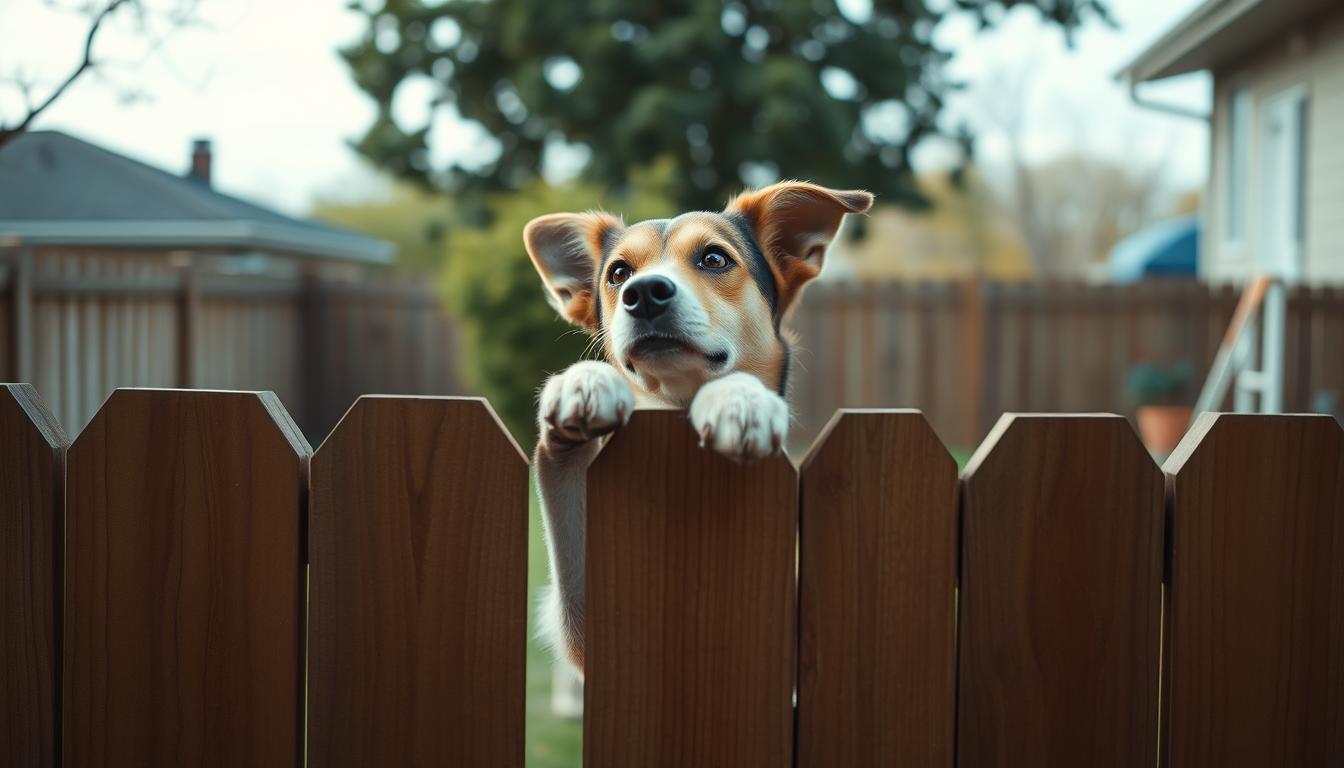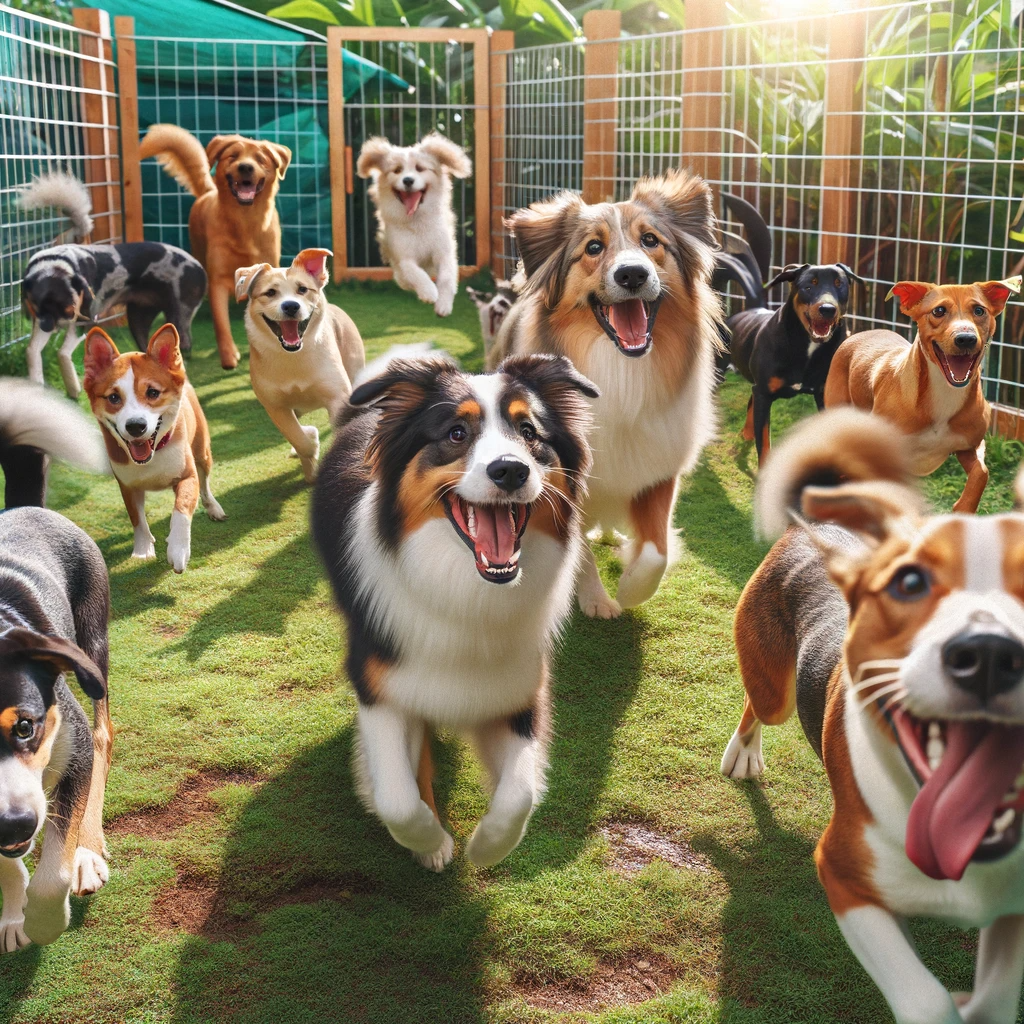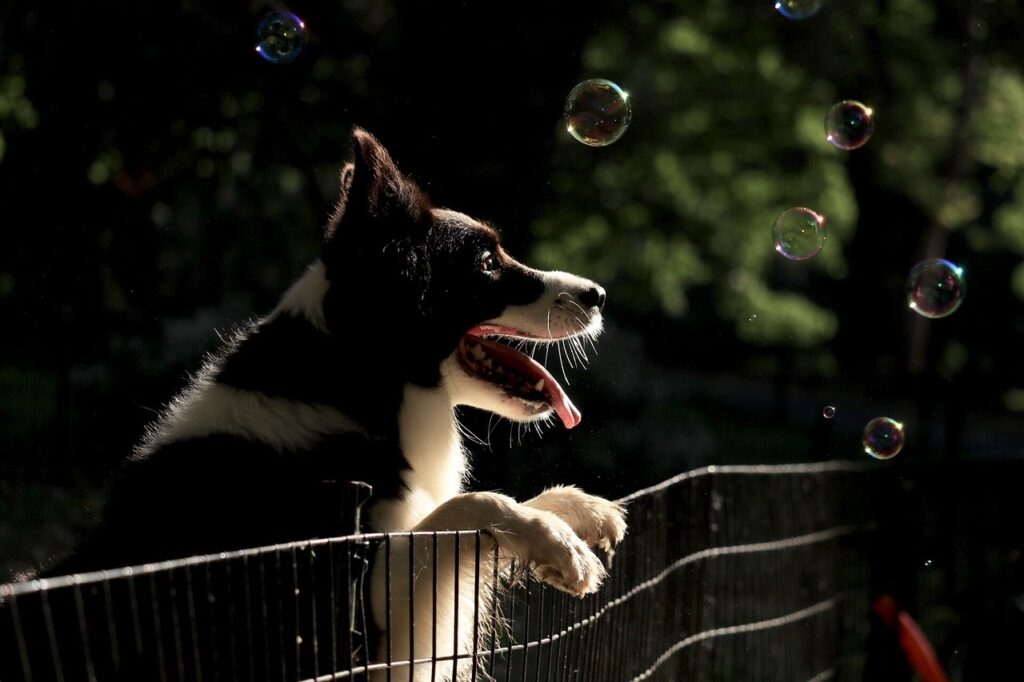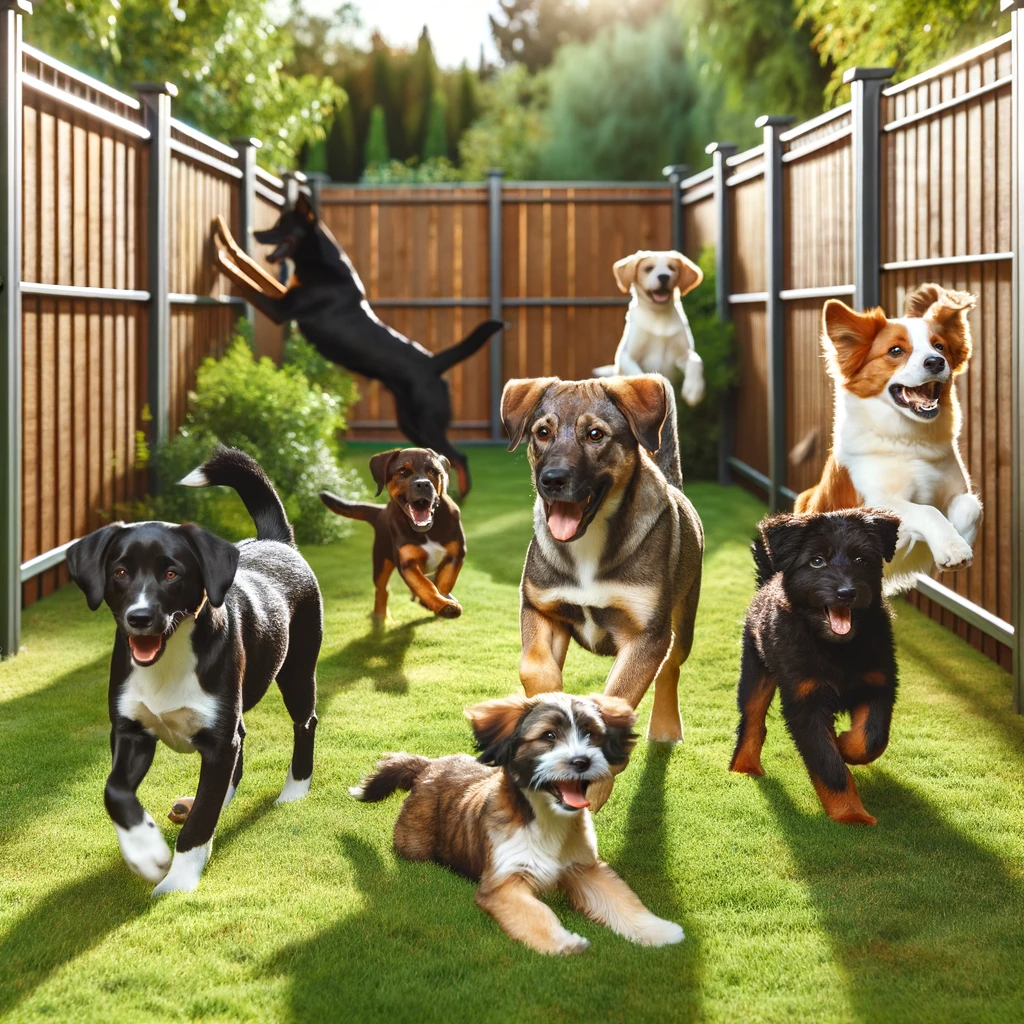Fence Design Solutions to Stop Dogs from Jumping.
Before implementing solutions, it’s important to understand what motivates your dog to become an escape artist. Dogs typically jump fences for one or more of these common reasons:
- Boredom and excess energy – Dogs with insufficient physical and mental stimulation often look for entertainment elsewhere
- Social needs – Your dog may be trying to reach other dogs or people they can see or hear
- Prey drive – The instinct to chase squirrels, birds, or other small animals can be overwhelming
- Separation anxiety – Some dogs panic when left alone and will attempt to find their owners
- Breeding instinct – Unneutered males may detect a female in heat nearby
- Fear response – Loud noises like fireworks or construction can trigger escape attempts
Identifying your dog’s specific motivation will help you choose the most effective combination of solutions. Let’s explore the various approaches you can take to keep your dog safely contained.
Fence Design Solutions
One of the most direct ways to stop dogs from jumping fences is to modify your existing fence or install one specifically designed to prevent jumping. Here are effective fence design solutions:
Height Extensions
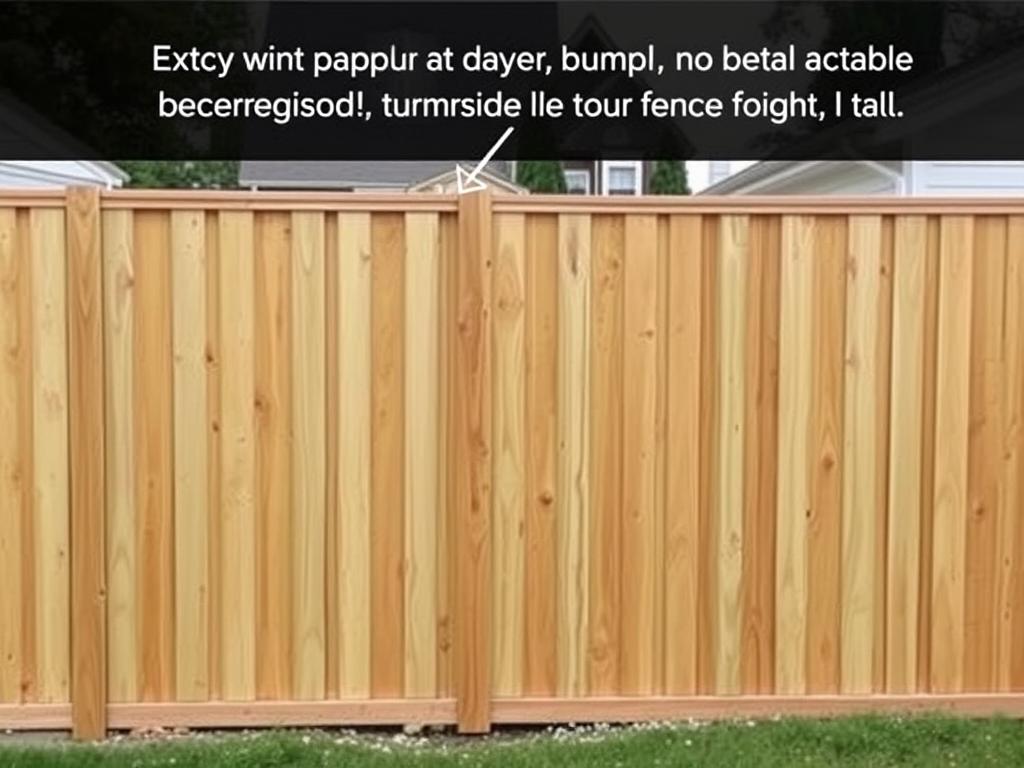
The simplest solution is often to increase your fence height. Most dogs struggle to jump over a 6-foot fence, though particularly athletic breeds may need even taller barriers. Consider these options:
- Add wooden or metal extensions to increase the height of your existing fence
- Install lattice panels along the top of the fence for additional height
- Use privacy slats or bamboo screens to increase height while blocking the view
Angled Fence Toppers
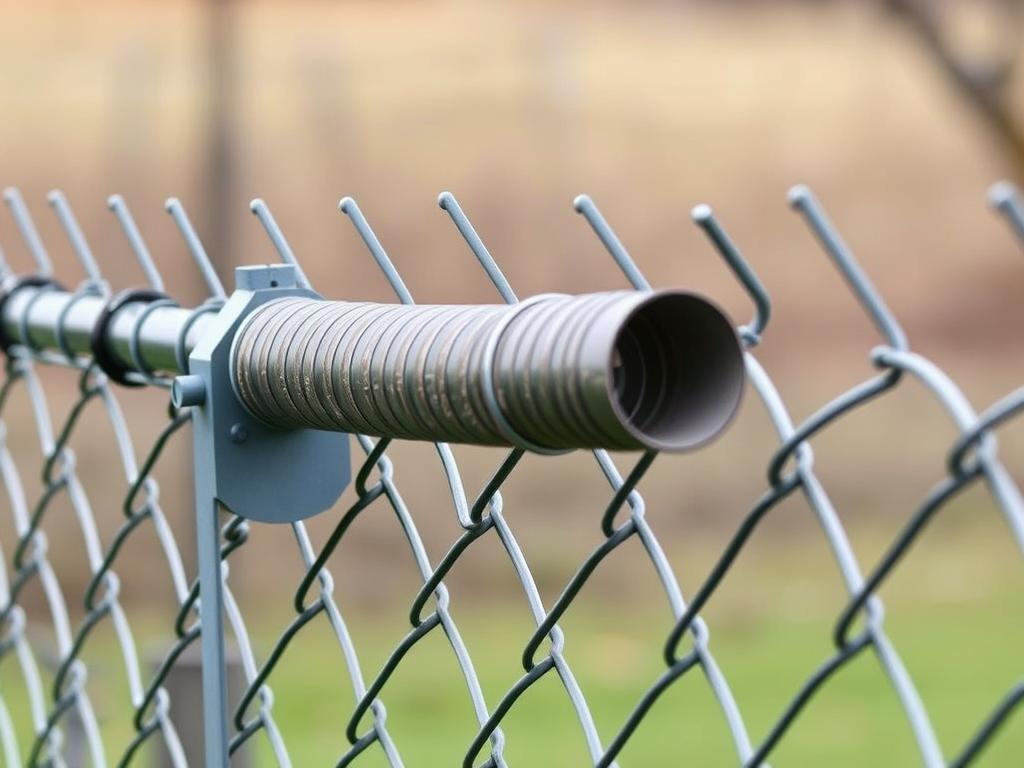
Angled extensions that point inward at a 45-degree angle are particularly effective, as dogs can’t easily climb or jump over them. Options include:
- Coyote rollers – Cylindrical pipes that spin when a dog tries to grip them, preventing climbing
- PVC pipe extensions – An affordable DIY option using PVC pipes mounted on L-brackets
- Commercial fence toppers – Specially designed products that attach to existing fences
Solid vs. See-Through Fences
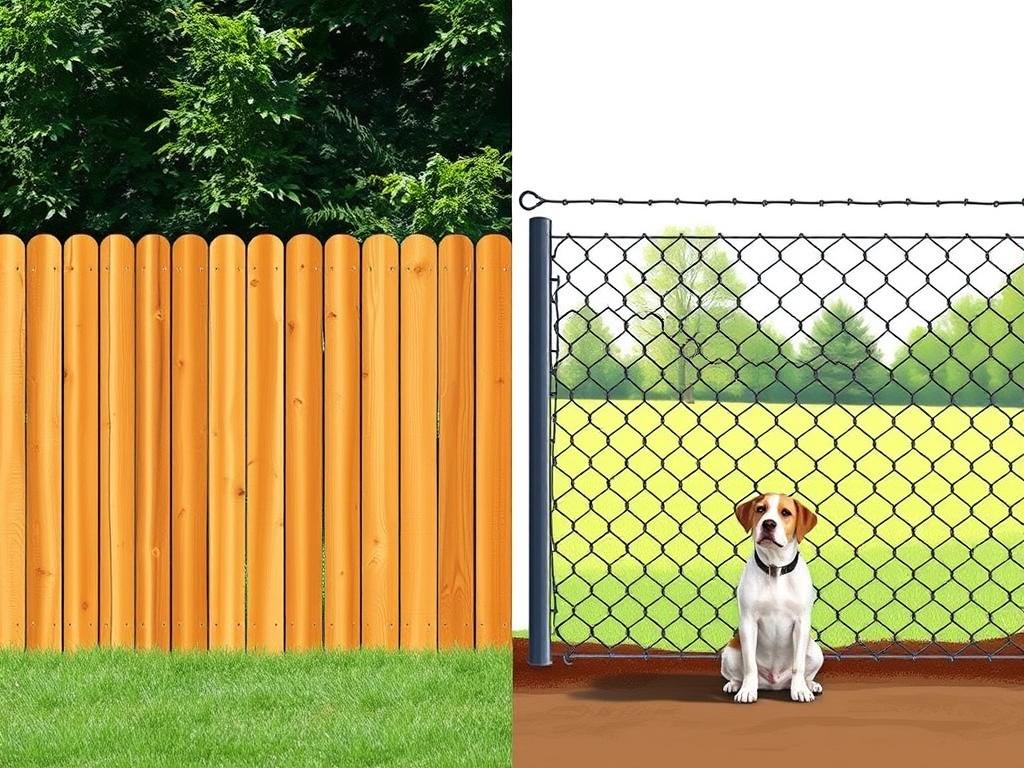
The visibility through your fence can significantly impact your dog’s desire to jump:
Solid Privacy Fences
- Block visual stimuli that might excite your dog
- Reduce barking at passersby
- Decrease motivation to jump when dogs can’t see what’s on the other side
See-Through Fences
- Allow dogs to see potential “targets” (people, animals)
- May increase frustration and jumping behavior
- Easier for dogs to climb chain link material
If you have a see-through fence like chain link, consider adding privacy slats, reed fencing, or landscaping to block your dog’s view of potential distractions.
Dig-Proof Base Reinforcements
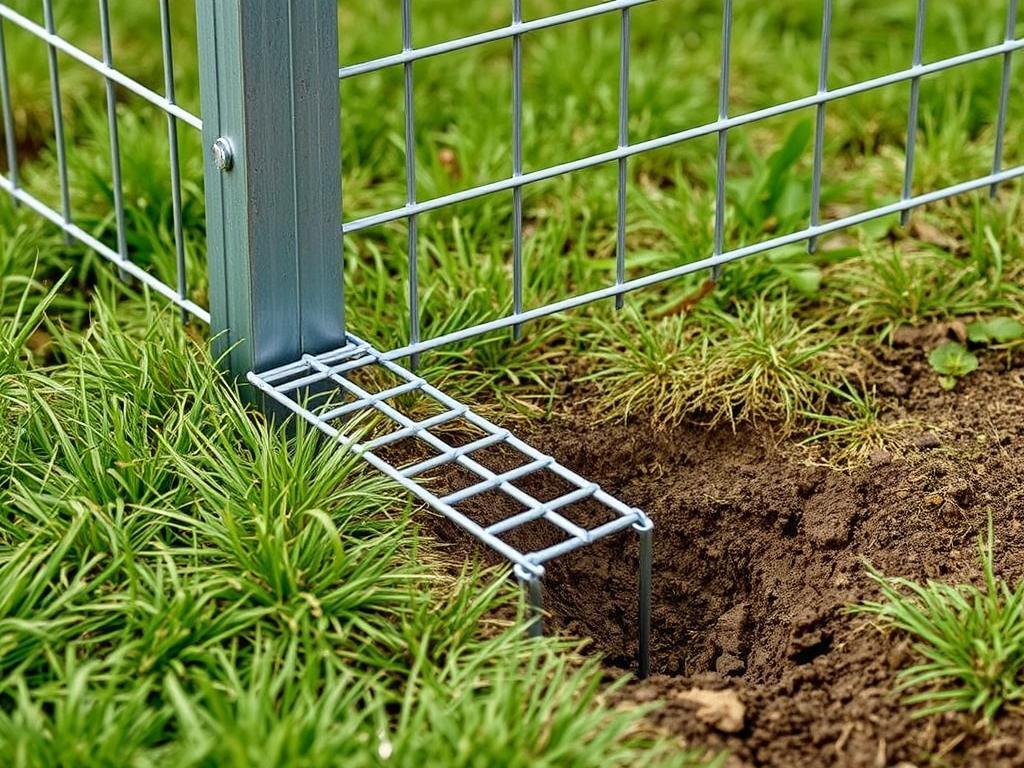
Some dogs will dig under fences when they can’t jump over them. Prevent this by installing:
- L-footers – Wire mesh bent in an L-shape and attached to the bottom of the fence, extending outward
- Buried rocks or pavers – Create a solid barrier along the fence line
- Concrete footer – Pour a narrow strip of concrete along the fence base
Training Strategies
Physical barriers are important, but training your dog is equally crucial for long-term success. Here are effective training approaches to stop fence jumping:
Positive Reinforcement
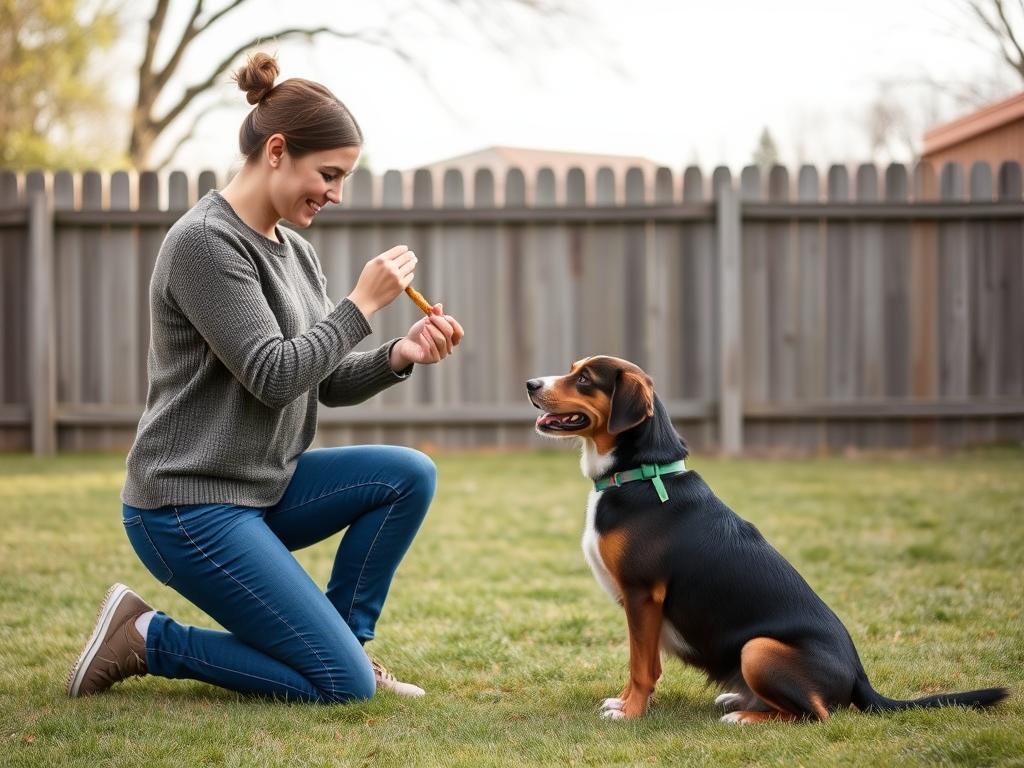
Reward your dog for staying away from the fence rather than punishing fence-related behavior:
- When outside, call your dog to you and reward them for coming with treats and praise
- Create positive associations with the center of the yard rather than the perimeter
- Reward calm behavior when potential triggers (like people walking by) are present
Warning: Never punish your dog after they’ve escaped. This creates negative associations with returning to you and may make future escapes more likely.
Essential Commands
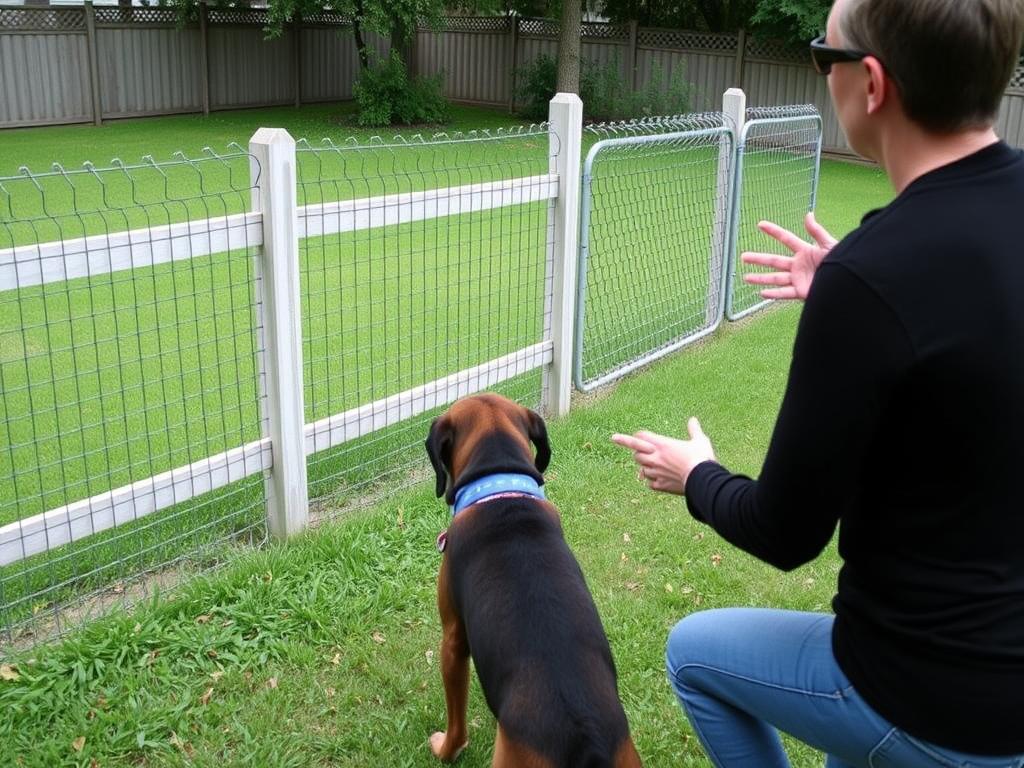
Teaching these key commands can help prevent fence jumping:
- “Leave it” – Teach your dog to ignore distractions outside the fence
- “Come” – A reliable recall command can redirect your dog away from the fence
- “Stay” – Useful for keeping your dog in a safe position when the gate is open
- “Place” – Train your dog to go to a specific spot in the yard away from the fence
Environmental Enrichment
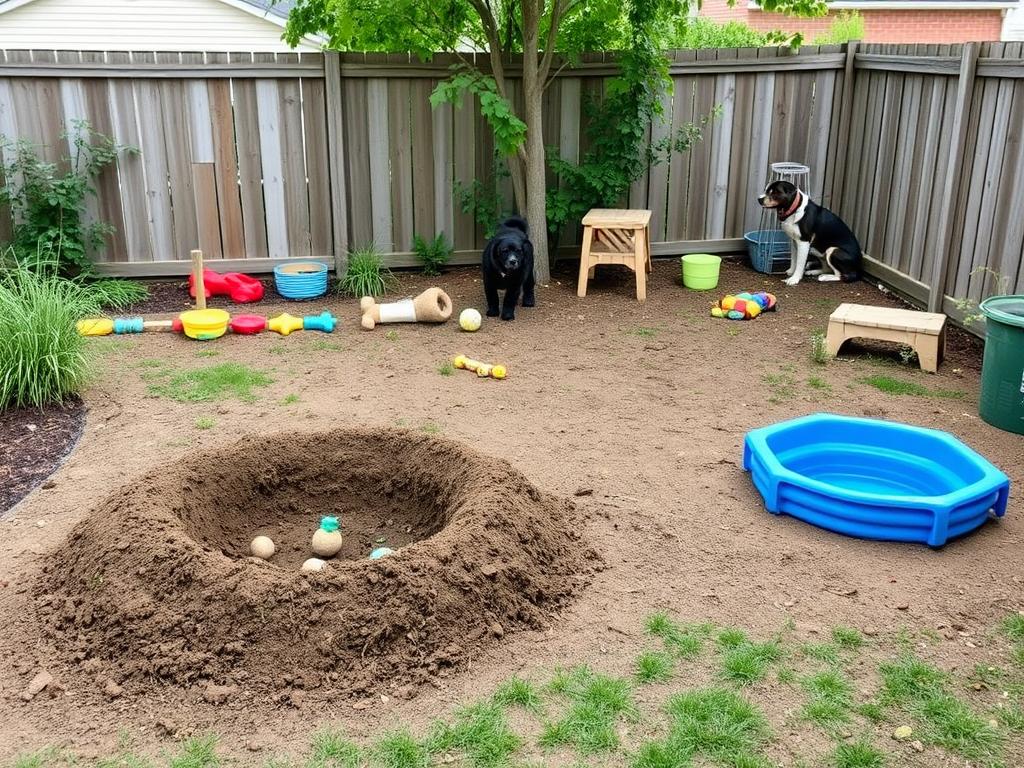
Boredom is a common reason dogs try to escape. Create an engaging yard environment:
- Rotate toys regularly to maintain novelty and interest
- Use puzzle feeders and treat-dispensing toys to provide mental stimulation
- Create a designated digging area if your dog enjoys digging
- Set up obstacle courses or agility equipment for physical challenges
- Consider a small wading pool during warm weather for water-loving dogs
Remember that environmental enrichment works best when combined with adequate exercise. A tired dog is much less likely to attempt fence jumping.
Meeting Your Dog’s Exercise Needs
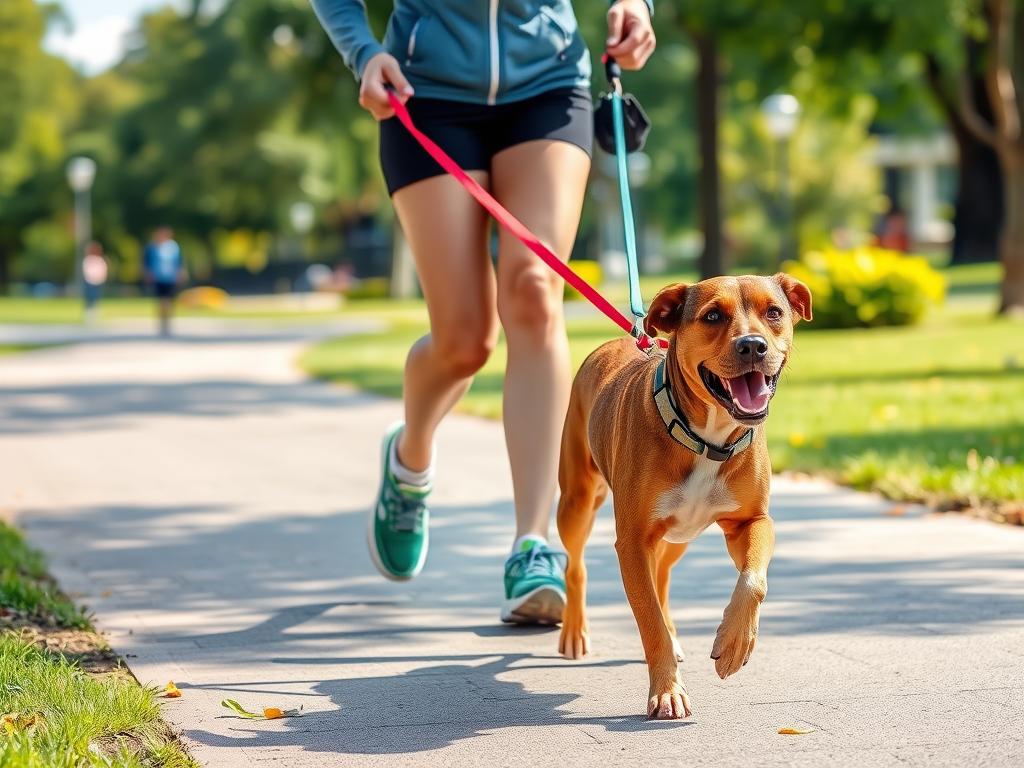
Insufficient exercise is a primary reason dogs become fence jumpers. Different breeds have different exercise requirements:
| Dog Type | Daily Exercise Needs | Recommended Activities |
| High-energy breeds (Border Collies, Huskies) | 1-2 hours minimum | Running, hiking, fetch, agility training |
| Medium-energy breeds (Retrievers, Shepherds) | 30-60 minutes | Brisk walks, swimming, play sessions |
| Lower-energy breeds (Bulldogs, Basset Hounds) | 15-30 minutes | Short walks, gentle play |
Consider these exercise strategies to reduce fence jumping:
- Schedule daily walks before leaving your dog in the yard
- Arrange playdates with other dogs for social exercise
- Use a long line in open areas for safe running opportunities
- Consider doggy daycare a few times a week for high-energy dogs
- Hire a dog walker if your schedule doesn’t allow for adequate exercise
Additional Deterrents
Beyond fence modifications and training, these additional deterrents can help keep your dog from jumping the fence:
Motion-Activated Devices
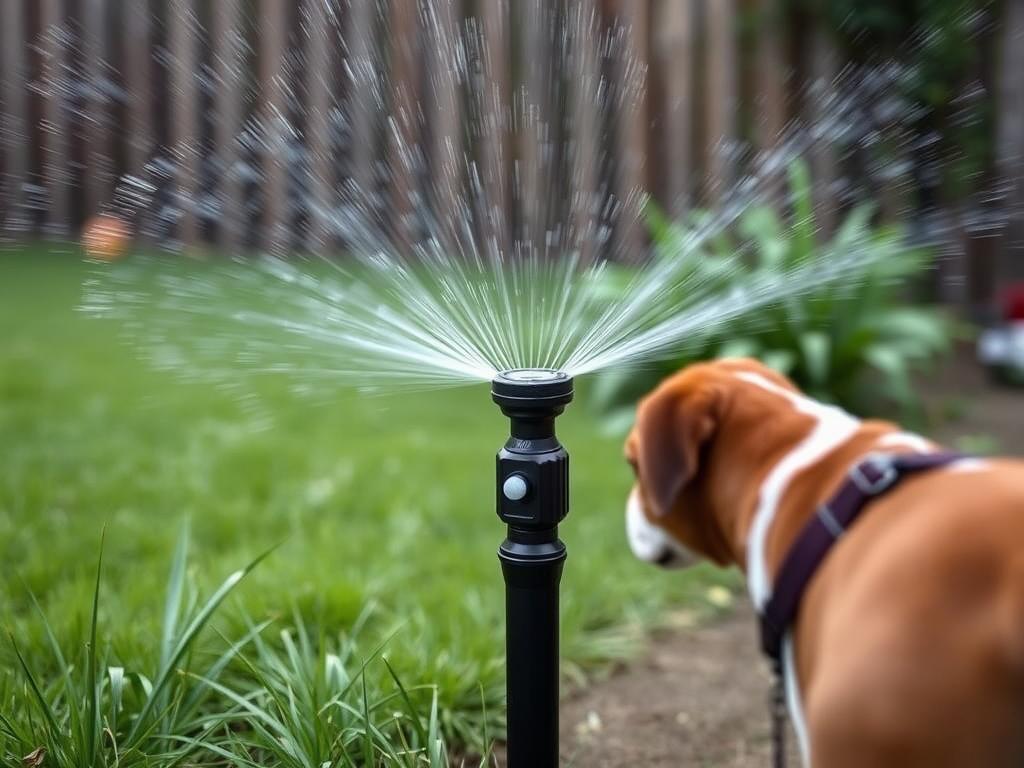
Technology can help create boundaries your dog will respect:
- Motion-activated sprinklers – Deliver a harmless spray of water when your dog approaches the fence
- Ultrasonic deterrents – Emit a high-frequency sound (inaudible to humans) when triggered by motion
- Alarm systems – Alert you when your dog is near the fence boundary
Strategic Landscaping
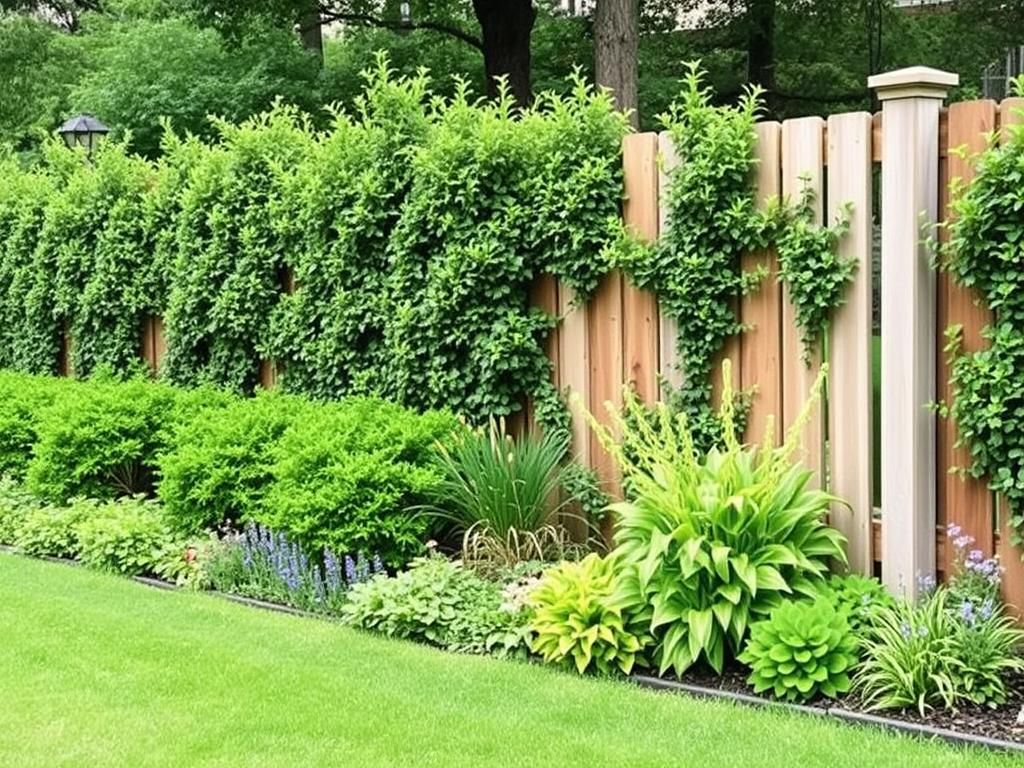
Thoughtful landscaping can create natural barriers to fence jumping:
- Plant dense shrubs a few feet inside the fence line to prevent your dog from getting a running start
- Use thorny (but non-toxic) bushes along the fence to discourage close approach
- Create garden beds with rocks or mulch along the fence perimeter
- Install raised garden boxes to break up the running path to the fence
Temporary Solutions
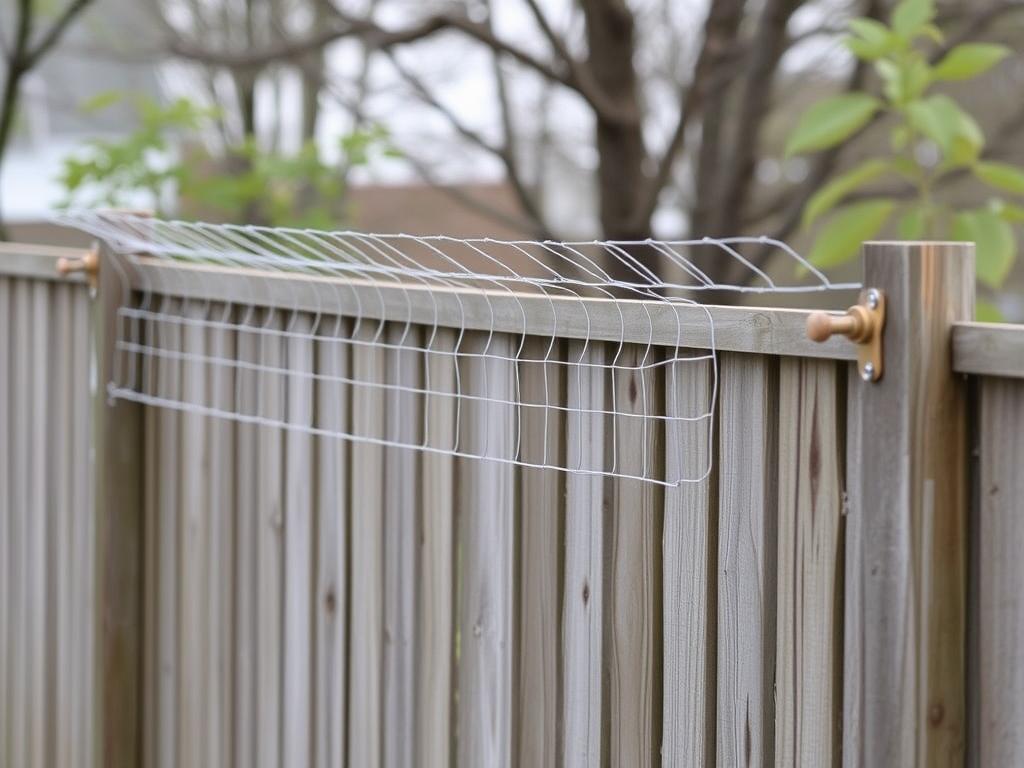
If you need a quick fix while working on more permanent solutions:
- Attach chicken wire extensions to the top of your fence, angling them inward
- Use garden netting above shorter fences as a visual barrier
- Create a separate, smaller enclosed area within your yard for supervised time
- Consider a tie-out or overhead trolley system for temporary containment (with supervision)
Important: Never leave a dog unattended on a tie-out or trolley system, as this can pose serious safety risks including entanglement, strangulation, or injury.
Case Study: Combining Methods for Success
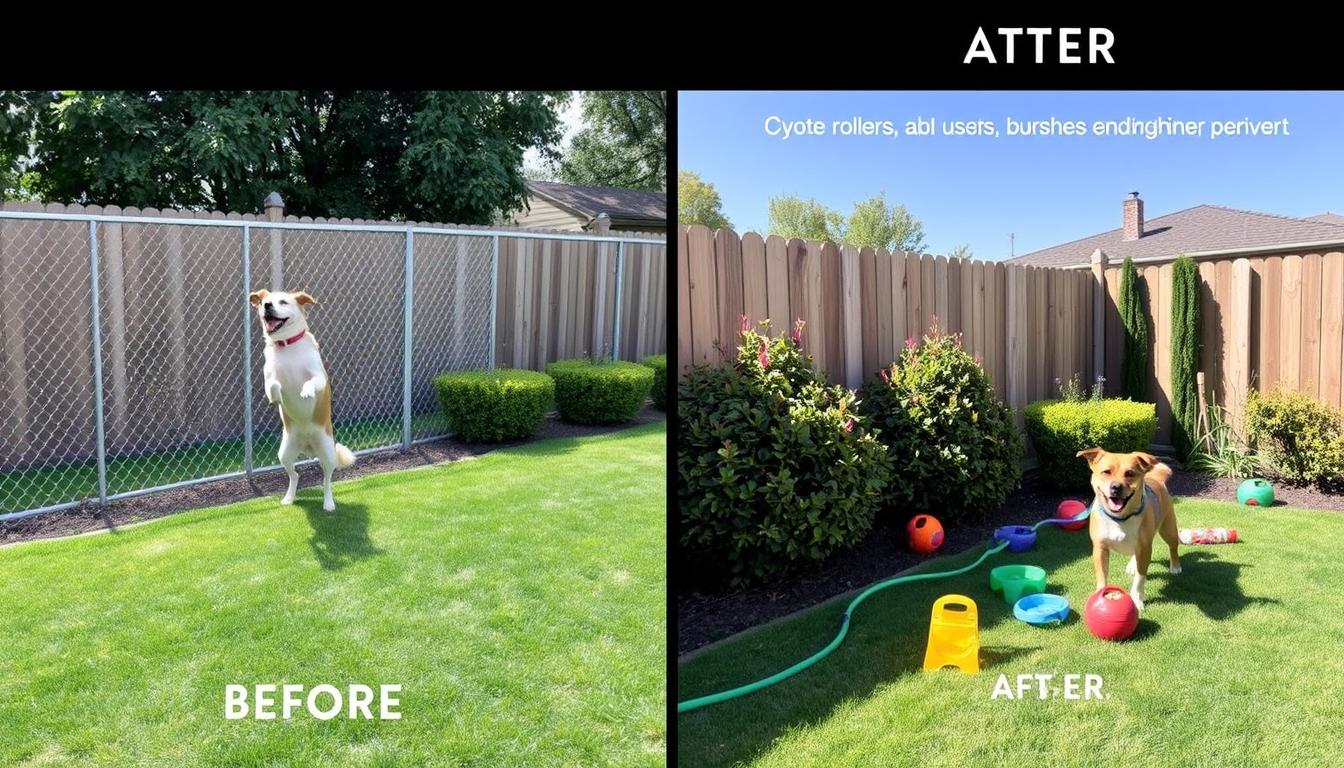
Sarah’s Border Collie mix, Max, had escaped from her yard three times by jumping the 4-foot chain link fence. After researching solutions, she implemented a comprehensive approach:
Physical Modifications
- Installed coyote rollers along the top of the fence
- Added privacy slats to block view of passing dogs
- Planted dense shrubs 3 feet from the fence line
Behavioral Approach
- Increased daily exercise to two 30-minute walks
- Trained reliable “come” and “leave it” commands
- Created a designated play area with rotating toys
The result: Max hasn’t attempted to jump the fence in over six months. Sarah notes that the combination of physical barriers and addressing Max’s exercise needs was key to their success. “The coyote rollers were effective, but I don’t think they would have worked alone without also meeting his need for more activity and mental stimulation,” she explains.
Conclusion: A Multi-Faceted Approach
Stopping your dog from jumping the fence requires understanding their motivation and implementing a combination of solutions. Physical barriers like taller fences or coyote rollers provide immediate containment, while training and environmental enrichment address the underlying reasons for escape attempts.
Remember that consistency is crucial. Supervise your dog in the yard until you’re confident your solutions are working, and continue to provide adequate exercise, mental stimulation, and positive reinforcement for appropriate behavior.
By combining the right fence design modifications with proper training and meeting your dog’s physical and mental needs, you can create a safe, engaging yard environment that your dog won’t want to leave.

